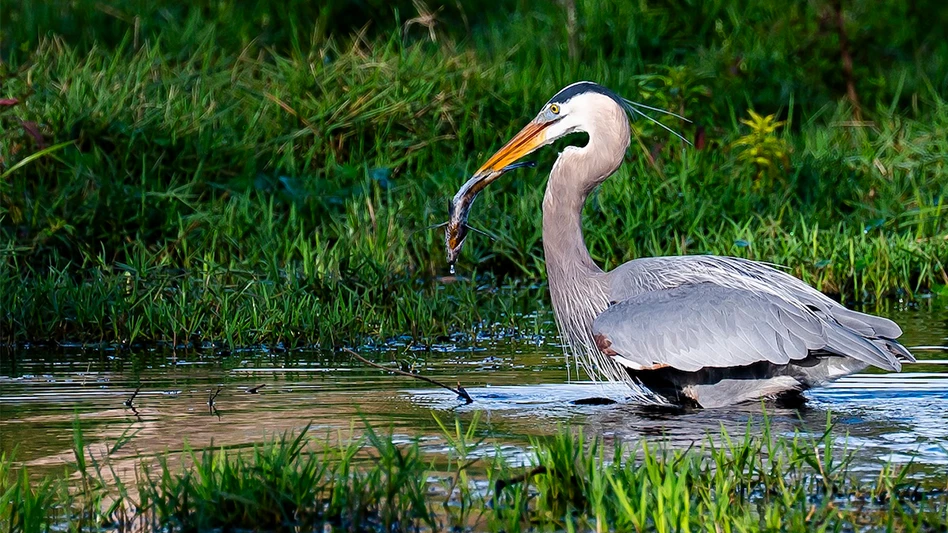It is no secret that the summer of 2010 was one of the warmest and challenging years that I have faced in over 20 years as a golf course superintendent. Between March and September, we recorded 14 record daytime highs, 44 days over 90 degrees, and received less than 6 inches of rain from June thru August – all of it totally unprecedented! There was not a day that did not, in some new way, challenge our staff. But when it was finally over, our course had survived and was still in great shape.
I credit our success first and foremost to our staff of men and women who endured the tortuous heat to “hold” the course through hand watering. Most work days lasted over 10 hours, and were mostly spent moving from green to green, tee to tee, fairway to fairway, and rough to rough dragging 100-foot hoses.
Our staff began each day performing the basic duties of mowing and course set up. As these tasks were finished, they would then switch over to hand watering. By mid morning, our full-time staff of 10 was “on a hose” watering hot spots or syringing. As we have done since I arrived here in 2003, we only used the irrigation system when hand watering and syringing was not enough to hold the course. By the summer’s end, we had hand watered for a total of 1,175 person hours.
We were most careful to not over water the greens and tees. For the greens we normally had three persons syringing – applying a very fine mist over the green with a specialized nozzle which was done to keep the surface temperatures from climbing too high. These persons were instructed to raise the nozzle up in the air instead of downwards, and to get on and off the green within the count of “7.” This team was followed by my assistant or me to check each green for hot spots. In this way, only what needed water received it, while the entire green was evenly cooled down. We did a very similar program on the tees.
Our program of syringing fairways was to run a two-minute cycle during the early and mid afternoons. At the same time, a team walked each fairway and rough with hoses watering hot spots.
This program of syringing and hand watering prevented the soils from becoming wet, balanced the evapotranspiration rates, and controlled surface temperatures. It also helped with disease suppression and prevented any significant turfgrass root loss.
Some other things we did to reduce plant stress was to use solid rollers on all our mowing equipment, do our mowing in the early morning, roll greens in place of cutting them on the hottest days, raise cutting heights (by only a few 1000ths) , and needle tine the greens and tees to keep the soils breathing. Over the past years we had held to an aggressive aerification program which had reduced our thatch and increased our soils pore space, contributing to having a healthy plant going into the summer.
It was a very challenging summer – and I told the staff every day that if we let our guard down we were “only ten minutes away from a disaster!” Our staff responded to the task ahead and never gave up to the heat. To them I give all the credit. GCI
Ken Thompson, superintendent, Greate Bay Country Club, Somers Point N.J., http://greatebaycc.blogspot.com/

Explore the January 2011 Issue
Check out more from this issue and find your next story to read.
Latest from Golf Course Industry
- From the publisher’s pen: Technology diffusion and turf
- Applications open for 2025 Syngenta Business Institute
- Smart Greens Episode 1: Welcome to the digital agronomy era
- PBI-Gordon promotes Jeff Marvin
- USGA investing $1 million into Western Pennsylvania public golf
- KemperSports taps new strategy EVP
- Audubon International marks Earth Day in growth mode
- Editor’s notebook: Do your part





